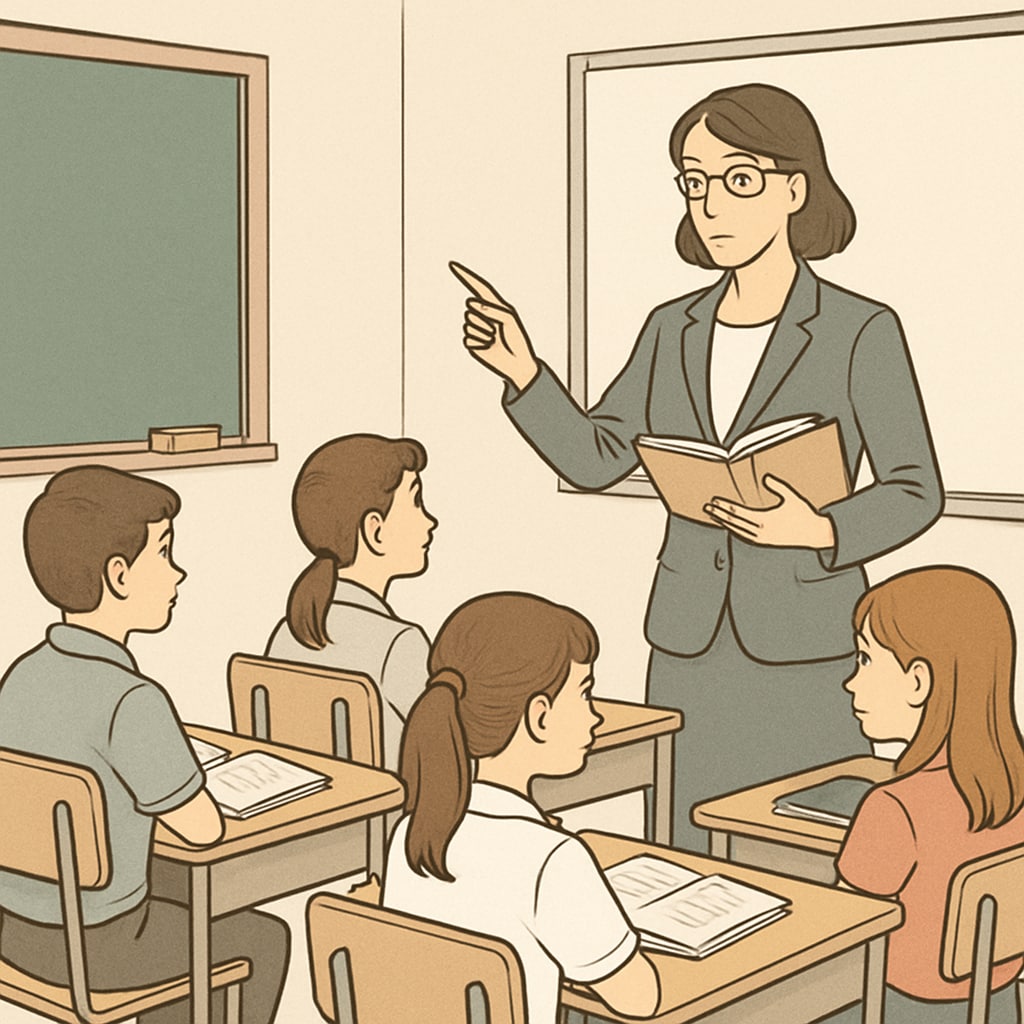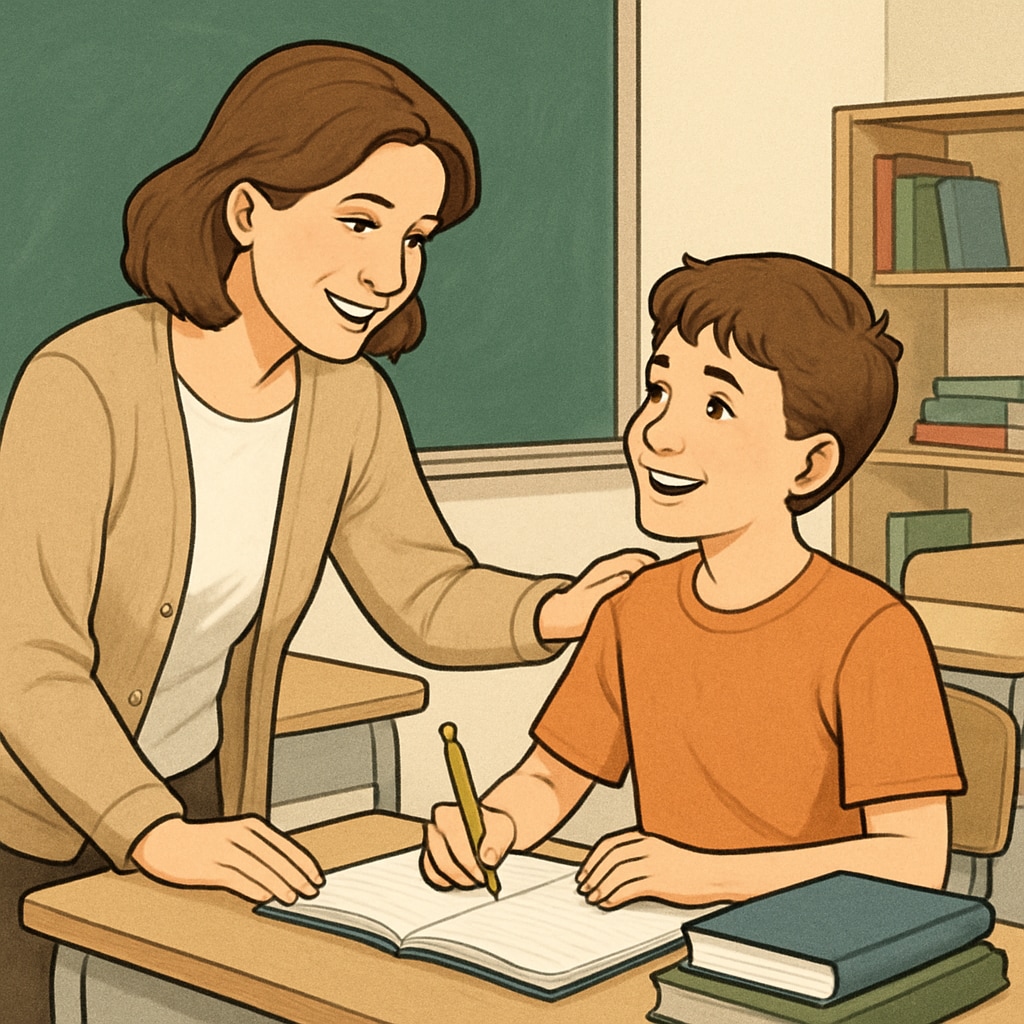In the realm of K12 education, the ethical dilemma of balancing “strict teaching methods, nurturing care, and personal growth” has become a focal point of discussion. The 2014 movie Whiplash offers a compelling lens to examine this tension. The story of an ambitious music student and his unforgiving teacher raises questions about the cost of excellence. Can educators push their students toward greatness without compromising their mental and emotional well-being? This article explores the complexities of strict teaching ethics and the quest for balance in K12 classrooms.
Understanding the Appeal of Strict Teaching Methods
Strict teaching methods have long been associated with discipline and high achievement. From military schools to elite academic institutions, rigor has often been touted as a necessary ingredient for success. Proponents argue that such methods help students develop resilience, focus, and the ability to excel under pressure. For example, in Whiplash, the protagonist achieves extraordinary musical prowess as a result of his teacher’s relentless demands.
However, the same methods often come with a cost. Excessive pressure can lead to burnout, anxiety, and a sense of inadequacy among students. According to a Britannica entry on education psychology, the impact of overly strict environments on mental health cannot be ignored. While some students may thrive under pressure, others may falter, losing their confidence or motivation altogether.

Can Nurturing Care Foster Excellence?
On the other hand, nurturing teaching emphasizes empathy, encouragement, and the holistic development of students. This approach prioritizes students’ mental health and emotional well-being, creating a supportive environment that fosters creativity and intrinsic motivation. Advocates of nurturing care argue that students perform best when they feel valued and understood, rather than pressured or judged.
For instance, Finland’s education system, which is frequently lauded for its success, focuses on minimal homework, collaborative learning, and emotional support. Studies, including those referenced by Wikipedia, show that such methods yield high academic performance and student satisfaction. Yet, critics often question whether this approach can consistently produce top-tier results in highly competitive fields.

Striking a Balance: Lessons from Whiplash and Beyond
The key challenge lies in finding the middle ground. Educators must navigate the fine line between pushing students to reach their potential and ensuring that their mental and emotional well-being is not compromised. The protagonist in Whiplash achieved greatness but at the expense of personal relationships and mental health. This begs the question: Is success worth it if it comes at such a high cost?
- Adaptability: Teachers should tailor their methods based on individual student needs. Some students may thrive under strict guidance, while others may require a more nurturing approach.
- Communication: Open dialogue between educators and students can help strike a balance. Understanding a student’s goals and limitations is key.
- Training: Professional development programs can equip teachers with strategies to manage both high expectations and emotional support effectively.
Ultimately, educational success should not merely be measured by test scores or accolades but also by the well-being and personal growth of the students. The ethical dilemma of strict teaching methods versus nurturing care requires educators to exercise wisdom, empathy, and adaptability.
As K12 education evolves, the conversation surrounding this ethical balance will remain a cornerstone of teaching practices. By learning from both the successes and failures depicted in examples like Whiplash, educators can craft strategies that achieve excellence without sacrificing the well-being of their students.
Readability guidance: The article uses short paragraphs and lists to improve readability, employs transitional words for clarity, and ensures that passive voice and long sentences are kept to a minimum. This balance ensures a professional yet accessible tone for educators and parents alike.


